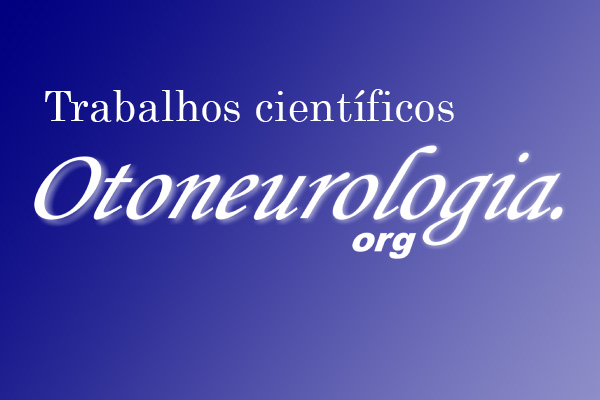Roseli Saraiva Moreira Bittar
RaquelMezzalira
Alice Carolina Mataruco Ramos
Gabriel Henrique Risso
Danilo Martin Real
Signe Schuster Grasel
Highlights
Post caloric recruitment index is the ratio of the angular velocity of the slow phase obtained by cold and warm caloric stimulation of the same ear.
The normal value was established in 17.06%.
Post caloric recruitment index is useful to identify the affected ear separately.
Recruitment suggests that central compensation is not complete yet in individuals with vestibular symptoms and peripheral lesion.
Abstract
Introduction
Vestibular recruitment is a sign of hyperexcitability of central vestibular neurons and may be characteristic of peripheral vestibular damage.
Objective
To define the post-caloric recruitment index and its ability to predict the stage of vestibular compensation and peripheral lesion.
Methods
First of all, we demonstrated that larger values in the cold post-caloric stimulation compared to warm stimulation were equivalent to vestibular recruitment observed during the sinusoidal harmonic acceleration test. In the next step, patients with vestibular complaints and asymptomatic controls were submitted to the caloric test. We calculated post-caloric recruitment index for the control group. Among the study group, we analyzed the relation between post-caloric recruitment and unilateral weakness as well as the types of vestibular diagnoses.
Results
Mean post-caloric recruitment was 17.06% and 33.37% among the control and study group, respectively. The ratio between post-caloric recruitment and unilateral weakness was 1.3 in the study group. Among recruiting subjects, no significant difference of unilateral weakness from the lesioned or healthy side was observed. We found no differences in vestibular diagnoses between recruiting and non-recruiting subjects.
Conclusion
Post-caloric recruitment index identified asymmetric vestibular tonus and central compensation. The normal value was established at 17.06%. Veja o texto completo em: https://www.sciencedirect.com/science/article/pii/S1808869421000781?via%3Dihub




